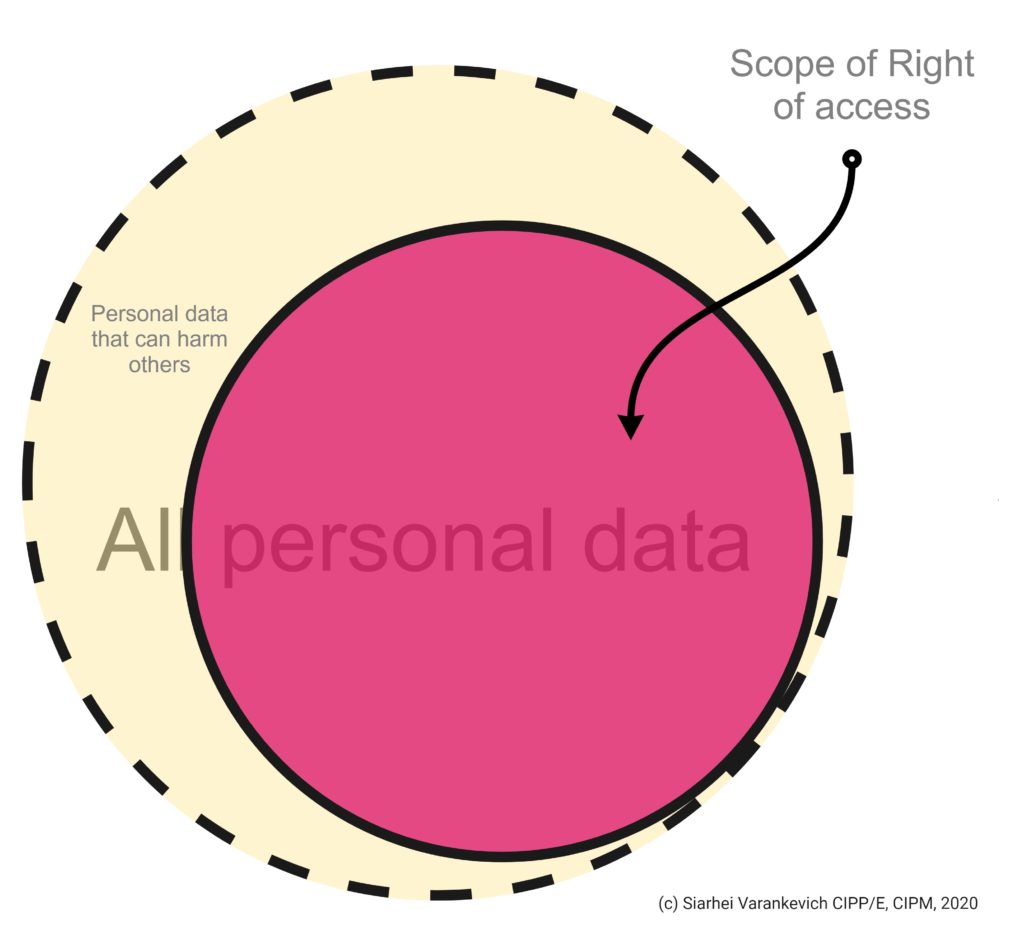

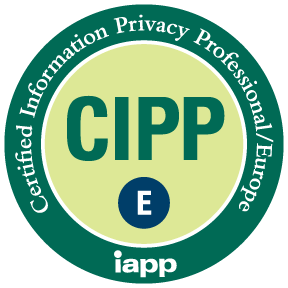
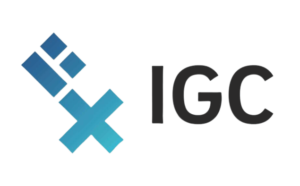
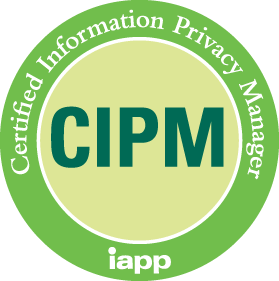
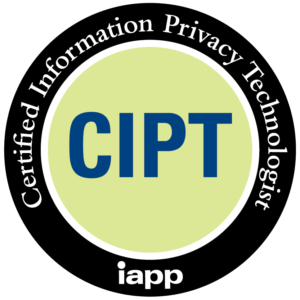

1. The data subject shall have the right to obtain from the controller confirmation as to whether or not personal data concerning him or her are being processed, and, where that is the case, access to the personal data and the following information:







(c) the recipients or categories of recipient to whom the personal data have been or will be disclosed, in particular recipients in third countries or international organisations;
(d) where possible, the envisaged period for which the personal data will be stored, or, if not possible, the criteria used to determine that period;
(e) the existence of the right to request from the controller rectification or erasure of personal data or restriction of processing of personal data concerning the data subject or to object to such processing;
(g) where the personal data are not collected from the data subject, any available information as to their source;
2. Where personal data are transferred to a third country or to an international organisation, the data subject shall have the right to be informed of the appropriate safeguards pursuant to Article 46 relating to the transfer.
ISO/IEC 27701, adopted in 2019, added additional ISO/IEC 27002 guidance for PII controllers.
Here is the relevant paragraphs to article 15(2) GDPR:
7.3.2 Determining information for PII principals
Control
The organization should determine and document the information to be provided to PII principals regarding the processing of their PII and the timing of such a provision.
Implementation guidance
The organization should determine the legal, regulatory and/or business requirements for when information is to be provided to the PII principal (e.g. prior to processing, within a certain time from when it is requested, etc.) and for the type of information to be provided.
[…]
Sign in
to read the full text
3. The controller shall provide a copy of the personal data undergoing processing. For any further copies requested by the data subject, the controller may charge a reasonable fee based on administrative costs. Where the data subject makes the request by electronic means, and unless otherwise requested by the data subject, the information shall be provided in a commonly used electronic form.
(RU)
ISO/IEC 27701, принятый в 2019, добавил дополнительное руководство к ISO/IEC 27002 для контролеров персональных данных (ПИИ).
Приводим соответствующий параграф к статье 15(3) GDPR:
8.3.1 Обязательства по отношению к субъектам ПИИ
Средство управления
Организация должна обеспечить клиента механизмами выполнения своих обязательств, связанных с принципами ПИИ.
Руководство по внедрению
Обязанности контролера ПИИ могут быть определены законодательством, регламентом и / или договором.
[…]
Sign in
to read the full text
The latest consolidated version of the Regulation with corrections by Corrigendum, OJ L 127, 23.5.2018, p. 2 ((EU) 2016/679). Source: EUR-lex.
Concern: Request to access my personal data
Dear Madam, Dear Sir,
I would like to know if you have any data concerning me, processed manually or by automated means, whether stored in digital databases or paper files…
[…]
Sign in
to read the full text
ISO/IEC 27701, adopted in 2019, added additional ISO/IEC 27002 guidance for PII controllers.
Here is the relevant paragraphs to article 15 GDPR:
7.3.2 Determining information for PII principals
Control
The organization should determine and document the information to be provided to PII principals regarding the processing of their PII and the timing of such a provision.
Implementation guidance
The organization should determine the legal, regulatory and/or business requirements for when information is to be provided to the PII principal (e.g. prior to processing, within a certain time from when it is requested, etc.) and for the type of information to be provided.
[…]
Sign in
to read the full text
(63) A data subject should have the right of access to personal data which have been collected concerning him or her, and to exercise that right easily and at reasonable intervals, in order to be aware of, and verify, the lawfulness of the processing. This includes the right for data subjects to have access to data concerning their health, for example the data in their medical records containing information such as diagnoses, examination results, assessments by treating physicians and any treatment or interventions provided. Every data subject should therefore have the right to know and obtain communication in particular with regard to the purposes for which the personal data are processed, where possible the period for which the personal data are processed, the recipients of the personal data, the logic involved in any automatic personal data processing and, at least when based on profiling, the consequences of such processing. Where possible, the controller should be able to provide remote access to a secure system which would provide the data subject with direct access to his or her personal data. That right should not adversely affect the rights or freedoms of others, including trade secrets or intellectual property and in particular the copyright protecting the software. However, the result of those considerations should not be a refusal to provide all information to the data subject. Where the controller processes a large quantity of information concerning the data subject, the controller should be able to request that, before the information is delivered, the data subject specify the information or processing activities to which the request relates.
(64) The controller should use all reasonable measures to verify the identity of a data subject who requests access, in particular in the context of online services and online identifiers. A controller should not retain personal data for the sole purpose of being able to react to potential requests.
Information Commissioner’s Office, Right of Access (2020).
EDPB, Guidelines 8/2020 on the targeting of social media users (2020).
EDPB, Guidelines 3/2019 on Processing of Personal Data through Video Devices (2020).
EDPB, Guidelines 02/2021 on Virtual Voice Assistants (2021).
EDPB, Guidelines 01/2022on data subject rights – Right of access (2022).
CJEU, College van burgemeester en wethouders van Rotterdam/Rijkeboer, C-553/07 (2009).
CJEU, Nowak/Data Protection Commissioner, C-434/16 (2017).